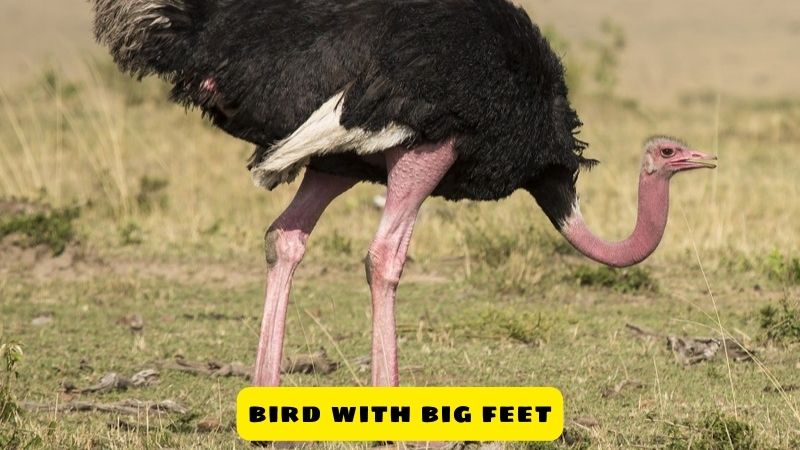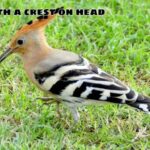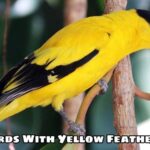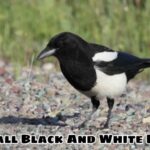In the diverse world of birds, there are those known for their large feet, but not everyone knows their exact names. Sometimes, some birds with large feet can be confused with others due to the variety of shapes and sizes. However, having large feet is an important feature that helps them move effectively on land or in water. This distinctive shape is not only an adaptation but also part of the fascinating diversity of the natural world. So let’s learn more details about the characteristics of bird with big feet with Exoticbirdscorner!
Introducing birds with big feet
In the colorful natural world, birds are a very special class of animals. They possess extraordinary flying abilities, brilliant plumage and melodious songs. However, besides these outstanding characteristics, birds also possess some differences compared to other animals, and one of them is the structure of their feet.
Unlike most mammals that move on the ground with slender feet, many birds have surprisingly large feet. This large size makes many people ask: Why do some birds have big feet?
The interesting fact is that the large size of birds’ feet hides many important reasons, playing an essential role in their lives. Let’s explore the mystery hidden beneath these rough feet!
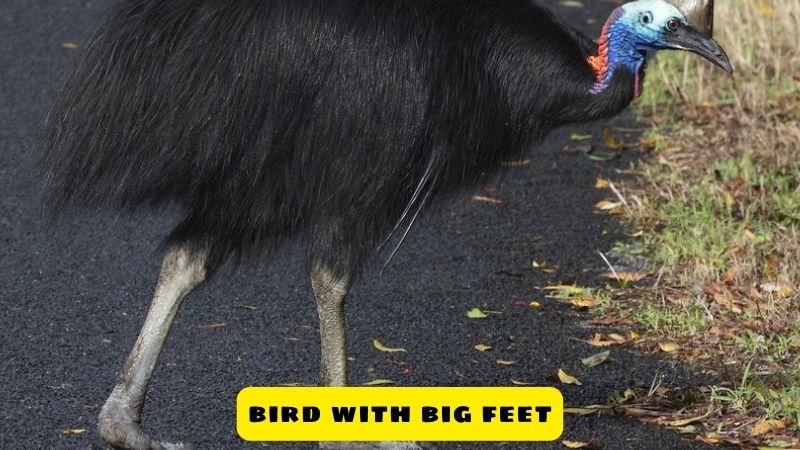
The main function of bird’s feet and the explanation for their large size
Birds’ feet, whether large or small, perform important functions in their lives. Main functions include:
- Perching and clinging to tree branches: Thanks to the special structure with strong, clawed toes and rough skin, birds can easily perch and cling tightly to tree branches and branches without slipping or falling. This helps them ensure safety when resting, observing their surroundings or building nests.
- Moving on the ground: Large feet help disperse the bird’s body weight, allowing them to move easily on many different types of terrain, from flat, rough ground to mud and rocks.
- Catching prey: For birds of prey, large feet with sharp claws act as powerful weapons to help them effectively capture and toss prey.
- Swimming: Some waterbirds such as ducks and pelicans possess special foot membranes that help them row and move flexibly in the water environment. This foot membrane has the effect of repelling water, creating thrust to help the bird move quickly and easily underwater.
The large size of bird’s feet is not simply a morphological difference but also contains important reasons:
- Suitable for habitat: Birds often move on many different terrains, from tree branches, ground, to water. Their large feet help them adapt better to these environments, ensuring safety and flexible movement.
- Assists in catching prey: Large feet with sharp claws help birds of prey easily capture and subdue prey, ensuring efficiency in foraging.
- Regulating body temperature: In some birds living in cold regions, large feet help increase the contact area with the cold ground, support heat exchange, and release excess body heat. avoid hypothermia.
Thus, the large size of bird feet is not only a unique morphological feature but also brings many practical benefits to their lives. Each species of bird possesses special foot structures suitable for its own habitat and living habits, contributing to the diversity and richness of the bird world.
The habitat of birds with big feet
The large size of bird feet not only plays an important role in function but also depends on their habitat. Some good examples of the relationship between foot size and bird habitat include:
Birds live in places with rugged, rugged terrain
These birds often move on cliffs, rocks or slender branches. Large feet help them cling better, increase adhesion and maintain balance, avoiding slipping and falling during movement. Typical examples are eagles, vultures, hawks,… with sharp claws and big feet clinging tightly to steep cliffs.
Birds live in shallow waters
Large feet with special webbed feet help water birds such as ducks and pelicans move easily on mud and swim in shallow water. This foot membrane has the effect of repelling water, creating thrust to help the bird move quickly and easily underwater. Thanks to that, they can forage effectively in places with lots of moss, mud or move on riverbank mudflats.
In addition, large foot size may also benefit some bird species that live in cold regions. Large feet help increase the contact area with the cold ground, support heat exchange, release excess body heat, and avoid hypothermia.
Thus, the size and structure of bird feet have a close relationship with their habitat. Each species of bird possesses unique characteristics suitable to its living conditions, contributing to the diversity and richness of the bird world.
Food for birds with big feet
The large size of bird feet also has a close relationship with their food source. Some typical examples of this relationship include:
- Birds eat large animals: Birds of prey such as eagles and hawks have large feet with sharp claws that help them easily capture and subdue large prey. Their large feet help them hold their prey tightly, while their sharp claws help them effectively tear apart their prey.
- Birds eat slippery animals: Some birds that live in water often eat slippery prey such as fish and frogs. Large feet with rough skin help them grip their prey tightly, avoiding slipping during the process of catching prey and moving underwater. Typical examples are kingfishers, mallards,…
In addition, the large size of the feet also helps some birds forage more effectively. Their large feet help them move quickly on the ground, digging in search of food in soil or mud.
The way birds with big feet move
Birds have many different ways of moving, and the characteristics of their feet are also very diverse to suit each of those ways.
- Birds walk a lot on the ground: It is necessary to have large feet to disperse the force of impact and avoid pain. For example, ostriches have large, flat feet that help them run quickly on sand.
- Birds dancing on the ground:Large feet are needed to provide better grip. For example, pigeons have large, webbed feet that help them grip tree branches when climbing.
In addition, some bird species also have unique characteristics in their feet to serve their own needs:
- Owl: Big feet, sharp claws help catch prey.
- Mallard: Large, webbed feet help swim and move through mud.
Thus, it can be seen that the characteristics of bird feet have a close relationship with their way of moving and their living environment.
Protect biodiversity for birds with big feet
Biodiversity, a concept that encompasses the richness of biological species and their habitats, plays an extremely important role in human existence and development. Protecting biodiversity is a shared responsibility of each individual and community, to preserve the fragile balance of the ecosystem and ensure a sustainable future for the planet.
In the biodiversity picture, birds with big feet, even though they only account for a small part, contribute to the richness and uniqueness of the natural world. These birds, with their unique adaptations, play important roles in the ecosystem, such as controlling insect populations, dispersing seeds, and pollinating plants.
However, due to negative human impacts such as deforestation, environmental pollution and climate change, many bird species with big feet are facing the risk of extinction. The loss of these birds will have serious consequences for the ecosystem, affecting the food chain and threatening the existence of other species.
Therefore, protecting biodiversity, including birds with big feet, is a more urgent and necessary task than ever. Each individual can join hands to contribute with practical actions such as:
- Reduce waste: Waste, especially plastic waste, is a major threat to birds and wildlife. Limit the use of single-use plastic items, recycle and classify waste properly.
- Save energy: Excessive energy use leads to greenhouse gas emissions, contributing to climate change – one of the main causes of biodiversity loss. Save electricity, water and use renewable energy sources.
- Plant trees: Trees provide habitat and food for many bird species. Plant more trees at home, in your neighborhood or participate in afforestation activities.
- Limit the use of pesticides: Pesticides can be harmful to birds and other animals. Use safe and environmentally friendly pest control methods.
- Raise awareness: Share information about the importance of biodiversity protection with family, friends and communities. Participate in propaganda and education activities on environmental protection.
Protecting biodiversity is a shared responsibility of all of us. Let’s join hands to preserve the abundance of big-footed birds and protect the habitat for ourselves and future generations.
Epilogue
Birds with large feet are an interesting part of natural diversity, providing adaptation and efficiency in their lives. While it is not known exactly what each species is called, it is important to be aware of these characteristics and how they help birds survive and find food. Big feet are part of the bird’s adaptation and development in diverse habitats from swamps to jungles, a testament to the wonder and diversity of life on Earth.

